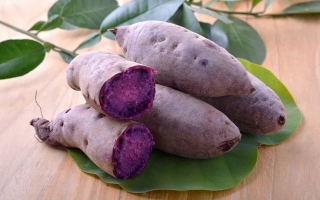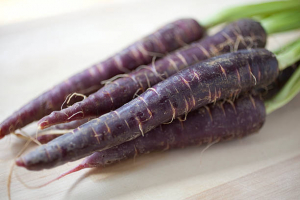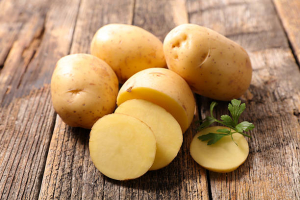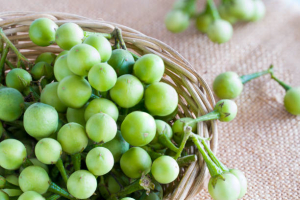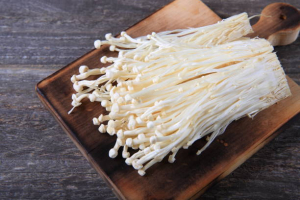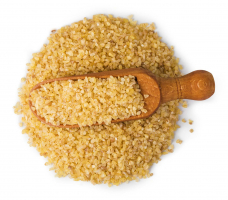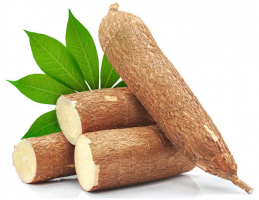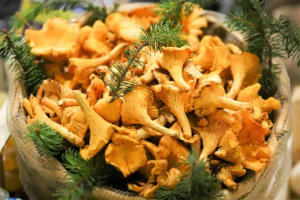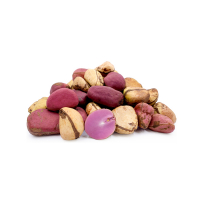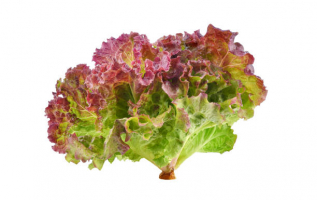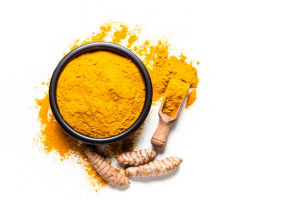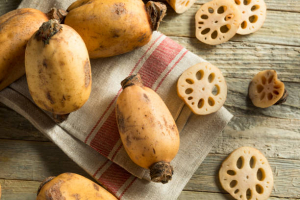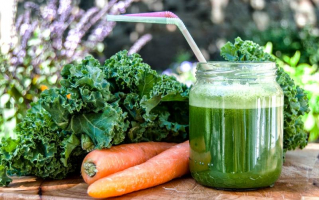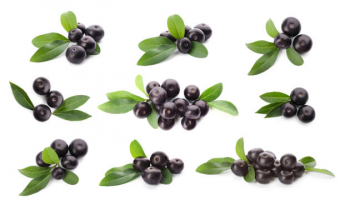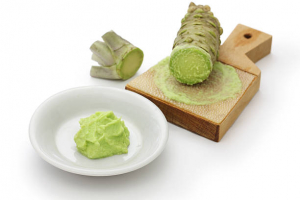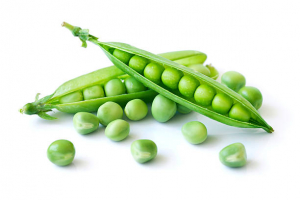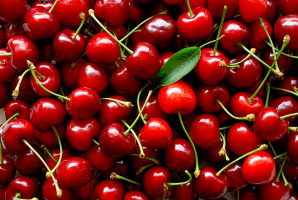Top 6 Health Benefits of Purple Potatoes
Purple potatoes are the potato aisle's eye-catching beauties. They, like other members of the potato family, are derived from a tuber plant endemic to South ... read more...America's Andes mountain range. They have a blue-purple to the virtually black outer skin and a bright purple inside the meat, even after boiling. Purple Peruvian, Purple Majesty, All Blue, Congo, Adirondack Blue, Purple Fiesta, and Vitelotte are some popular types. Purple potatoes are a delicious way to add a splash of color to your dish while also getting some health benefits. Here are the most surprising advantages of purple potatoes.
-
Potatoes have a negative reputation due to their high carbohydrate content, but they also include many other key nutrients and may be a very beneficial addition to your diet. Purple potatoes have a nutritional composition similar to other Solanum tuberosum potato types, albeit their mineral content varies depending on the soil in which they were produced. It is a common myth that potatoes have all of their nutrients in their skin. In fact, their meat contains more than half of their nutrition.
A 3.5-ounce (100-gram) serving of cooked potato with the skin provides:
- Calories: 87
- Protein: 2 grams
- Carbs: 20 grams
- Fiber: 3.3 grams
- Fat: less than 1 gram
- Manganese: 6% of the Daily Value (DV)
- Copper: 21% of the DV
- Iron: 2% of the DV
- Potassium: 8% of the DV
- Vitamin B6: 18% of the DV
- Vitamin C:14% of the DV
Surprisingly, potatoes have more potassium than bananas. A serving of potatoes also contains 3 grams of fiber from both the flesh and the peel, and they are naturally low in salt.
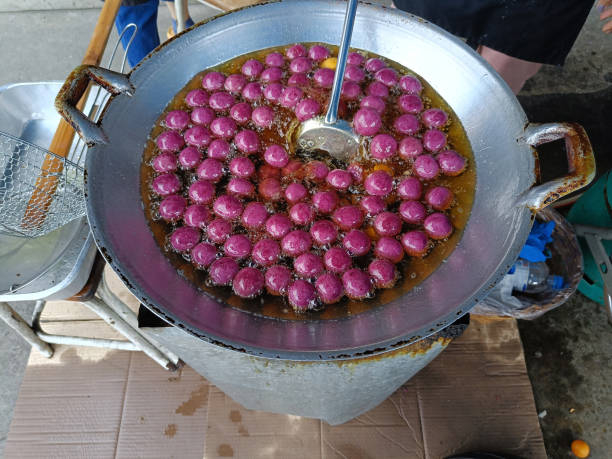
Highly nutritious 
Highly nutritious -
The glycemic index (GI) is a measure of how much a food elevates blood sugar. It runs from 0 to 100, with a GI of 70 considered high. Purple potatoes have a GI of 77, yellow potatoes have a GI of 81, and white potatoes have a GI of 93, according to a human comparison study.
While all potato varieties have an influence on blood sugar levels due to their carbohydrate content, purple potatoes may have a lower effect than other types due to their high concentration of polyphenol plant components. These chemicals may reduce carbohydrate absorption in the intestines, reducing the influence of purple potatoes on blood sugar levels. An animal study found that giving purple potato extract to rats resulted in enhanced glucose tolerance and short and long-term blood sugar levels.
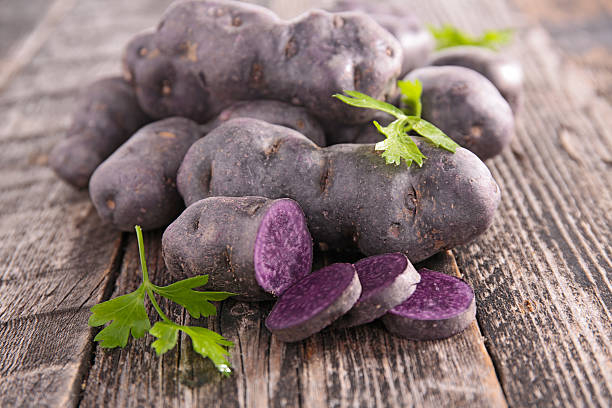
Better for blood sugar 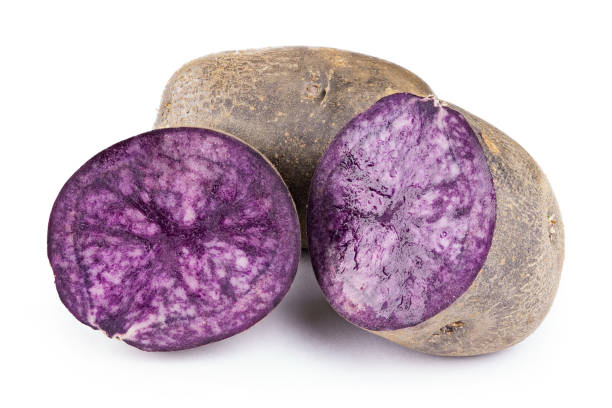
Better for blood sugar -
Purple potatoes, like other colorful fruits and vegetables, have a brilliant hue that indicates they are strong in antioxidants. They have up to three times the antioxidant activity of white or yellow potatoes. Plant components known as antioxidants can protect your cells from the detrimental effects of oxidative stress. Purple potatoes are particularly high in polyphenol antioxidants known as anthocyanins. They have the same antioxidant as blueberries and blackberries. A higher anthocyanin consumption has been associated with a number of advantages, including lower cholesterol levels, better eyesight and eye health, and a lower risk of heart disease, some malignancies, and diabetes.
A short research of eight persons discovered that eating one meal of entire purple potatoes enhanced antioxidant levels in their blood and urine. In contrast, eating the same quantity of refined potato starch as biscuits resulted in a reduction. Another research found that when males ate 5.3 ounces (150 grams) of different colored potatoes every day for 6 weeks, the purple potato group had lower levels of inflammatory markers and DNA damage indicators than the white potato group.
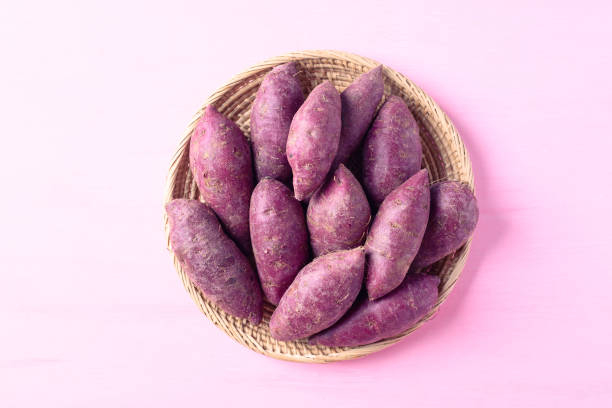
Packed with antioxidants 
Packed with antioxidants -
Purple potatoes may help with blood vessels and blood pressure wellness. This may be due in part to their increased potassium level, as this vitamin helps lower blood pressure, but their antioxidant concentration is also likely to have a role. In a modest four-week trial of adults with high blood pressure, eating six to eight purple potatoes twice a day decreased systolic and diastolic blood pressure (the top and bottom numbers of reading) by 3.5% and 4.3%, respectively. Furthermore, some research shows that consuming purple potatoes, as opposed to white potatoes, may lower vascular stiffness. Because your vessels can't expand as quickly in reaction to variations in blood pressure, having stiff arteries raises your chance of having a heart attack or stroke.
In general, consuming more polyphenol-rich foods, such as purple potatoes, which contain anthocyanins, may help relax and strengthen your blood vessels. In reality, the polyphenol chemicals found in purple potatoes and many other foods function to lower blood pressure in a manner similar to that of angiotensin-converting-enzyme (ACE) inhibitors, which are blood-pressure-lowering drugs.
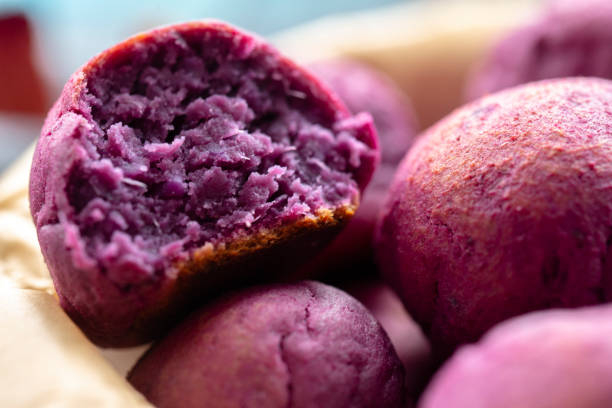
May improve your blood pressure 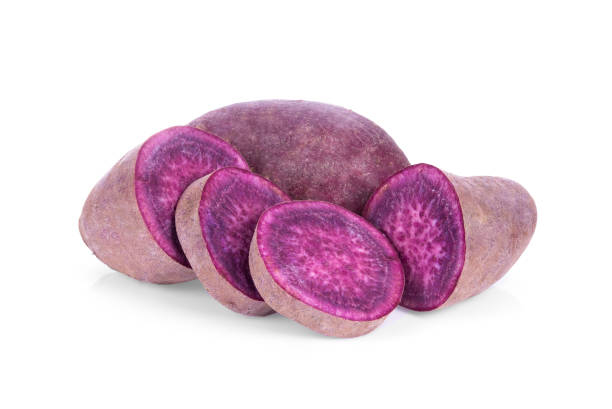
May improve your blood pressure -
Several laboratory studies have suggested that certain of the substances found in purple potatoes, such as antioxidants, may help prevent or fight cancer, particularly colon and breast cancer. Cancer cells treated with purple potato extract grew more slowly in one research. The extract even induced cancer cell death in certain circumstances.
It's worth noting that previous study has been confined to cancer cells treated in a lab and malignancies in lab rats. As a result, it's unclear if eating purple potatoes would have the same impact on humans. Some of the compounds in purple potatoes may slow the growth of — or even kill — certain cancer cells.
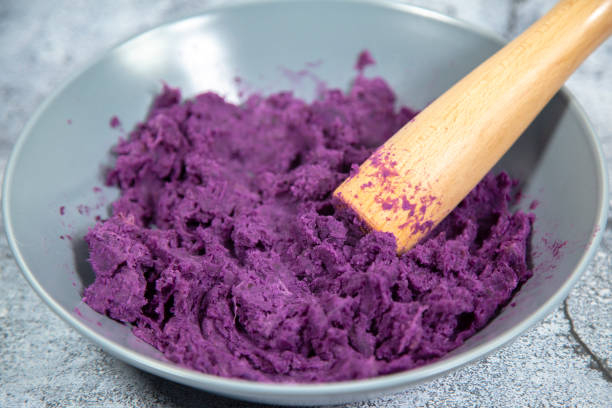
May reduce your risk of cancer 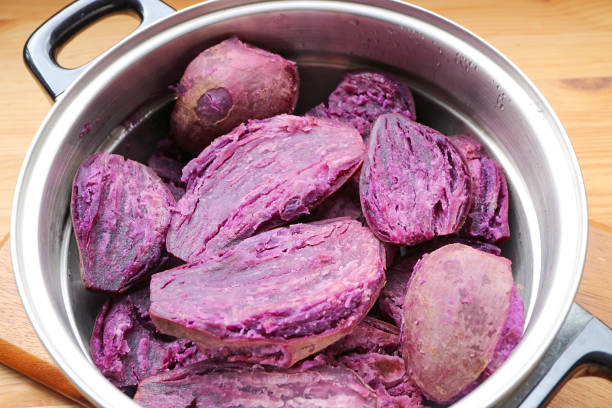
May reduce your risk of cancer -
The Dietary Guidelines for Americans require 14 grams of fiber per 1,000 calories, which most individuals do not meet, but adding a couple of servings of purple potatoes to your diet each week can help close the gap. Dietary fiber helps you feel fuller longer, avoids constipation, stabilizes blood sugar, and promotes healthy cholesterol levels. The fiber content of potatoes varies slightly depending on how they are cooked, but is largely dependent on whether or not the skin is eaten.
A 3.5-ounce (100-gram) microwaved potato with the skin, for example, has 3.3 grams of fiber, but a boiled potato of the same size without the skin contains 1.8 grams. A form of fiber known as resistant starch makes up a portion of the starch in purple (and all) potatoes. Resistant starch is resistant to digestion in the gastrointestinal tract, although it is fermented by bacteria in the large intestine. Short-chain fatty acids are formed as a result of this fermentation process. These chemicals help to promote intestinal health. The resistant starch concentration of potatoes changes based on the cooking method, yet it does not appear to alter significantly depending on potato color. When potatoes are boiled and then refrigerated, but not reheated, the resistant starch content is maximum.
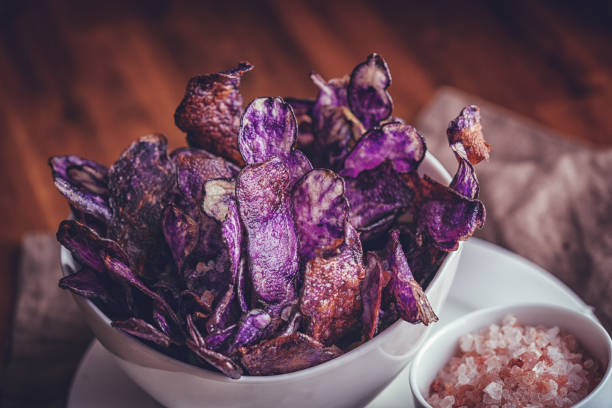
Can help fill your fiber gap 
Can help fill your fiber gap








